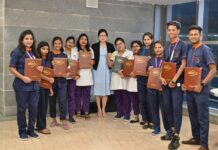by Prof. Gopal Krishna Nayak
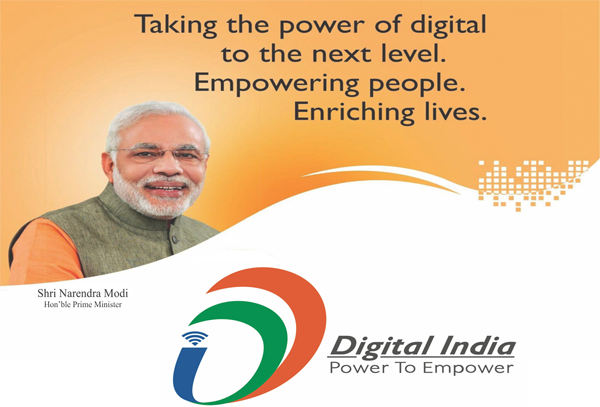
Exactly four years ago, on July 1st 2015 Digital India was launched by Prime Minister Shri Narendra Modi to launch a fundamental transformation in India. Mr. Modi is a believer of technology and its power to bring benefits to the common man.
An anecdote Mr Modi told is worth repeating. It was believed that India was a country of snake charmers (an indication of its backwardness). Mr. Modi said that now India is a country of mouse-men. The mouse here is not the food for the snakes but the computer mouse. Indeed, in last two and half decades, India is known for its IT prowess. It is worth repeating another anecdote by Mr. Sashi Tharoor. He was in Amsterdam Airport when an old Dutch lady came with her laptop computer and asked him to fix it. When he expressed his inability to do that, she was astonished that an Indian cannot fix a laptop and thus IT shaming him.
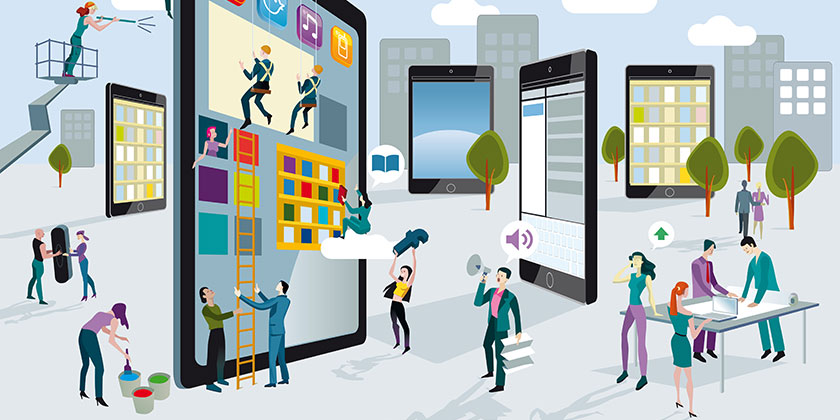
Often people wonder what digital is all about.
Digital is a term which has its roots in Electronics. There are analog signals and circuits and there are digital signals and circuits. Analog is pre cursor to digital. Most circuits used to be analog before digital took its place. For example, the music in magnetic tapes used to be analog but in a flash drive they are stored in digital form. The emergence of computers has made the digital very easy to work with.
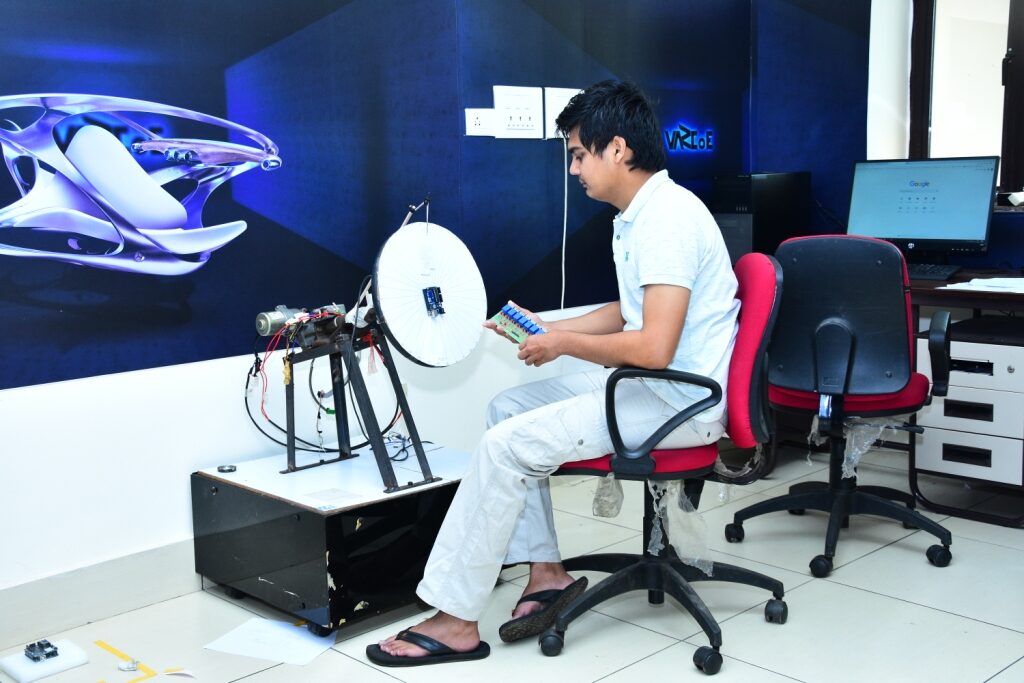
Moore’s law is the observation that the number of transistors in a dense integrated circuit doubles about every two years. The observation is named after Gordon Moore, the co-founder of Fairchild Semiconductor and CEO of Intel. The trend predicted has allowed the computers to be very powerful and very small. Hence, today we have massive super computers and tiny computers in all devices around us.
Metcalfe’s law states the effect of a telecommunications network is proportional to the square of the number of connected users of the system (n2). First formulated in this form by George Gilder in 1993, it was attributed to Robert Metcalfe inventor of Ethernet. Indeed, the growth of network both wired and wireless has been nothing short of amazing. In recent past, the journey from 2G to 3G to 4G has seen the Internet empowering everyone. Now, we are about to see 5G network technologies unfolding before our eyes.

What Moore’s Law is to CPUs, Kryder’s law is to storage. Kryder’s Law is the assumption that disk drive density, also known as areal density, will double every thirteen months. The implication of Kryder’s Law is that as areal density improves, storage will become cheaper. Huge storage capacities are now available to everyone at very low cost.
These three important laws have allowed development smart devices such as IOT devices, mobile devices such as smartphones, wearable devices such as smart watches and holelens. Also, developed are high performance algorithms based on machine learning and artificial intelligence.
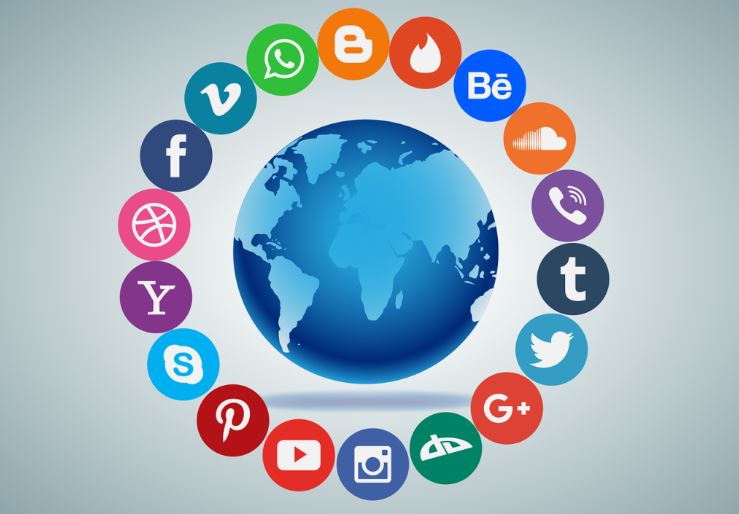
Today, every common person has access to a cheap mobile phone which is connected, computing capable and easy to use system. With advent of social networks such as Facebook, WhatsApp, every citizen is mobile savvy. The citizens today are really capable to consuming digital services from every source including the Government. In fact, the Indian today is hungry for innovative digital services and digital content.
It is the golden age for every service provider to transform their services and invent new services to woo the digital citizen that every Indian is today.
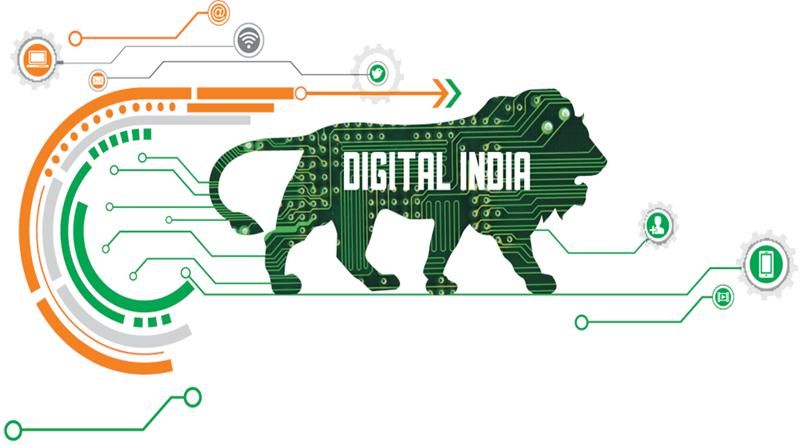
It is in this context, the Digital India programme of Government needs to be evaluated.
While the private sector has serviced the towns and cities, a large swath of country’s hinterland has been deprived of network infrastructure. The Bharatnet scheme of the Government attempts to fill this void. The Bharatnet scheme has humongous aspirations of connecting every gram panchayat and village by a high speed network thus enabling the people of the hinterland. However, the progress of the Bharatnet implementation needs to be accelerated to realize the benefits of Digital India.
The Government is investing in Datacenters. The State Data Centers in all states are being upgraded technology wise and capacity wise. Now, the Governance applications are hosted in data centers which are secure, reliable and cutting-edge.

The Government is investing to ensure security of applications. The high dependence on IT also causes risk of large-scale immobilization of services were the services to be disrupted because of their vulnerability. The creation of Cert-IN, Certs at state levels take proactive steps in identifying and fixing vulnerabilities before they become threats.
The Governments, both central and state, are automating the government service delivery to the citizens by using the digital infrastructure. In the past the number of failed projects used to outnumber the successful ones. However, today most e-governance projects succeed and the number of failed projects are declining rapidly.
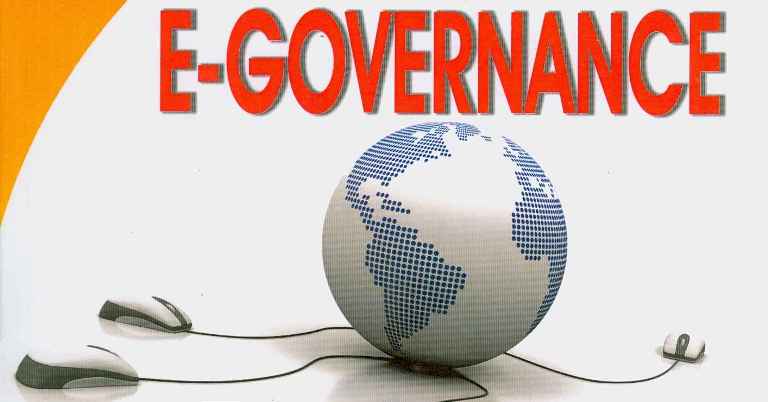
It may be worthwhile to mention a few outstanding e-governance projects delivering services to citizens in Odisha.
SAMS: A centralized admission system, it handles all +2 and +3 admissions in the state bringing conveniences for students and efficiency for the department and transparency for the public in general.
e-District: Application and issue of a large number of certificates such as birth certificate, caste certificate needed for by students and other citizens are automated by this system.
Mamata: Delivery of benefits to pregnant and lactating women are delivered though this software.
P-PAS and other software: The entire targeted public distribution system is automated reducing leakage, improving efficiency of the supply chain from procurement of paddy to delivery of rice to the beneficiaries.
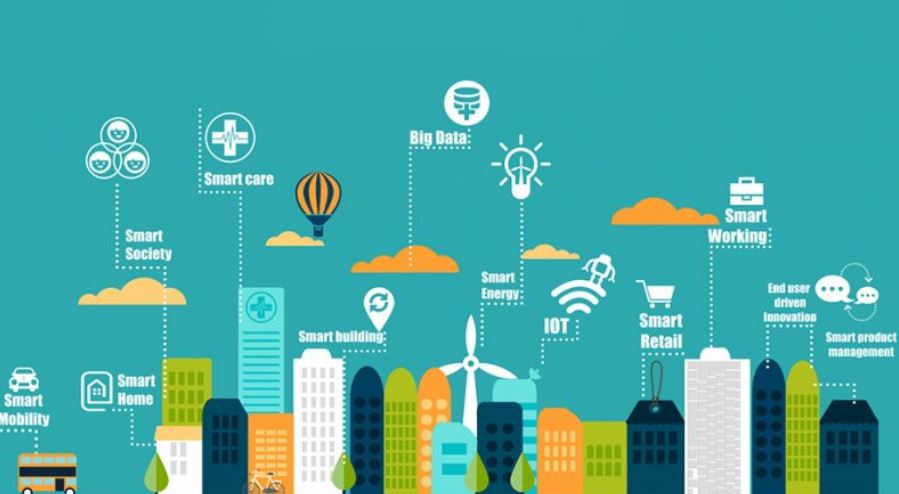
e-municipality: The urban local governments are automated with this software and collection of taxes and delivery of municipality services are automated.
It may also be worthwhile to mention a few outstanding e-governance projects delivering services to business in Odisha.
I3MS: The entire process of mineral extraction, permit, transportation and royalty collection automated resulting increasing royalty collection, plugging of leakage and transparency in mineral extraction process.
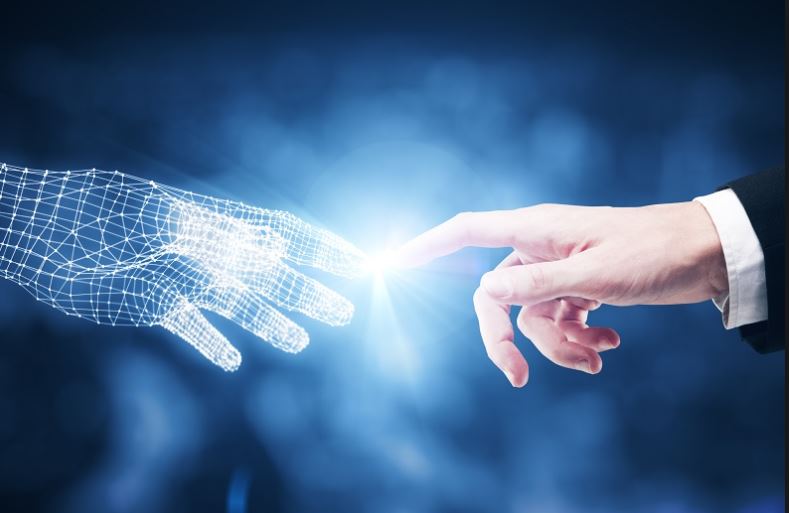
Go-SWIFT: The process of enabling the businesses to operate from granting licenses, statutory approvals are automated with guaranteed timelines for service delivery.
The Governments are using social media effectively. Social media is used to spread information about government schemes and services. More importantly, they are used to address grievance of citizens. A posting in the Twitter or Facebook triggers the Government to take swift action in resolving issues.
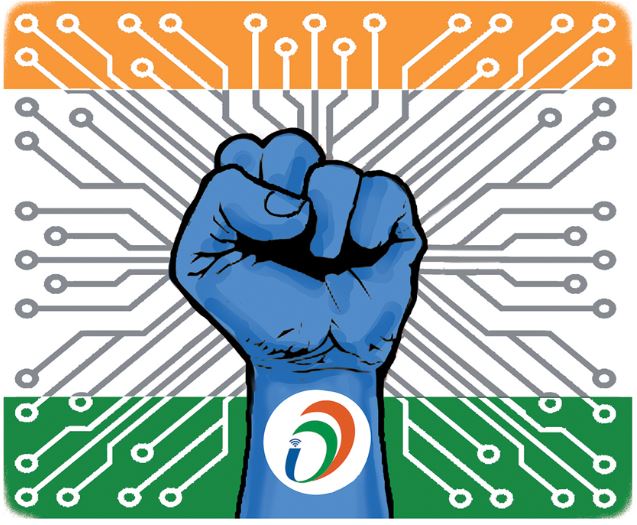
As technology evolves, the Digital India programme is challenged to adopt, innovate and re-focus its strategy.
The evolution Digital India will make every citizen empowered, informed, skilled and present opportunities to rise to their potential.
(Prof. Gopal Krishna Nayak is currently serving as the Director of IIIT, Bhubaneswar)





















